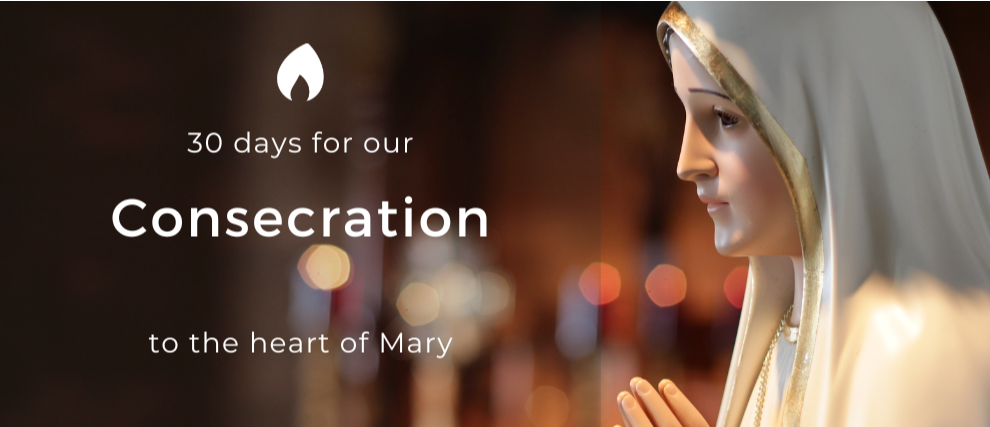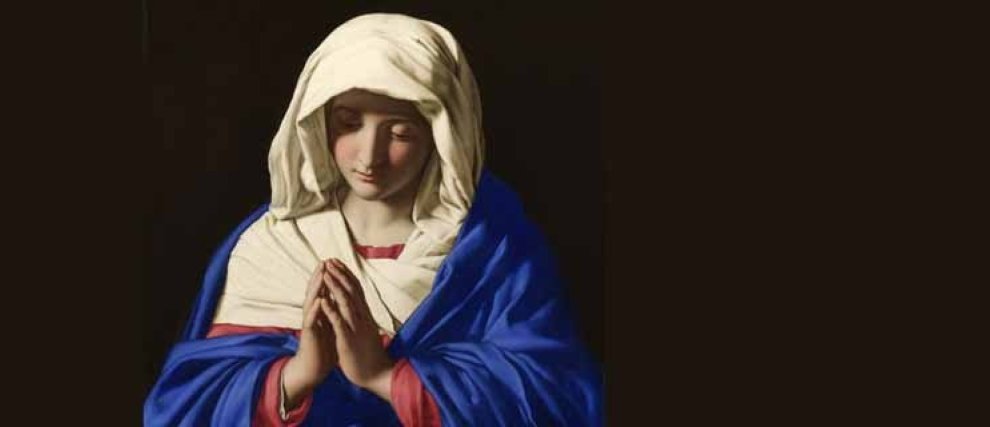Visitation: Meaning, Celebration, and Prayer
The Visitation of the Virgin Mary to Elisabeth is celebrated by Catholics on May 31, and by the Orthodox on March 30. This religious holiday commemorates the visit of Mary, pregnant, to her already-elderly cousin, who was also expecting a baby: John the Baptist. It was on this occasion that Marie spoke her famous Magnificat.
“My soul glorifies the Lord, my spirit rejoices in God my Saviour.”
Going beyond the story of the Visitation in the Bible, this Marian feast opens up deep axes of meditation on different dimensions of our lives as Christians.
What is commemorated during the feast of the Visitation?
The Visitation in the Bible
This episode of Mary's life is reported to us in the Gospel of Luke: (Luke 1:39 -56) (Read the entire Bible passage here).
It takes place after the Annunciation, during which the angel Gabriel comes to announce to Mary that she will give birth to the Son of God, and before the nativity, the birth of Jesus in Bethlehem.
It is therefore one of the few moments recounted in the Bible that precedes the birth of Jesus and his public life. It allows us to better understand who Mary is and how she can be a guide for any Christian.
“Mary, through the mystery of the Annunciation and the Visitation, represents the very model of the life we should lead. First, she welcomed Jesus into her existence; then, what she had received, she shared.” (Mother Teresa)
Meditation on Visitation
This bible story is a highlight on different levels.
- The first “meeting” between Jesus and John the Baptist, who embraced his vocation as the last prophet of the Old Covenant. Indeed, from the womb of his mother, John the Baptist recognized his Savior: he shuddered with joy.
- The experience of the three theological virtues by Mary: charity attentive to her neighbor through her three-month visit to her elderly cousin, and hope and faith in her song, a true act by the grace of God.
- The power of the Spirit drove Mary to bring the Good News to those around her, to proclaim the Lord.
- The openness of Elisabeth's heart which, after allowing her to conceive a child in spite of her old age, allowed herself to be touched—even to the depths of her being—by this meeting, and understood.
Celebration of the feast of Visitation
The feast of the Visitation appeared in the 13th century among the Franciscans. It was established by Saint Bonaventure.
This meeting between Mary and Elizabeth was celebrated at different times of the year: first during Advent, then in July, and finally its date was changed to the month of May, Mary's month.
The liturgy of the day includes the passage in the Gospel of Luke, as well as an excerpt from the book of Zephaniah (Zephaniah 3:14-18), and a hymn from the book of Isaiah. These three texts spread via the hope, joy, and relief they evoke.
Prayer for the day of the Visitation
This excerpt from the Bible and the exchange between Elizabeth and her cousin are at the origin of the two greatest Marian prayers:
- Hail Mary, which takes up part of Elisabeth's words of greeting. “Blessed art thou among women, and blessed is the fruit of thy womb.”
- The Magnificat or song of Mary, magnificent praise to God offered by the Virgin to her God.
The Visitation is also one of the joyful mysteries of the Rosary, a Marian prayer recited from a rosary.
Follow the path that Mary shows us with Hozana!
Mary, humble servant of the Lord through whom the Savior of the world came, shows us the way. To learn her charity, humility and joy, discover different offerings online:
- Try out to make your heart an oasis of joy and let your heart praise the Lord like Mary,
- Join to spend a month by Mary’s side.

